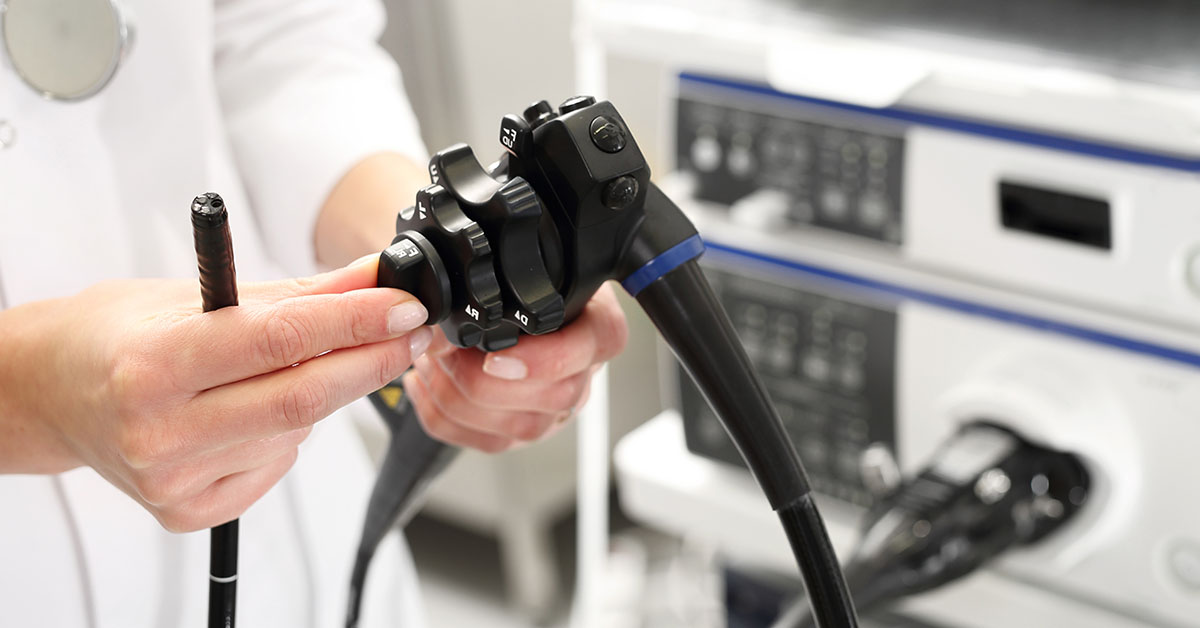Endoscopic Transsphenoidal Surgery: surgery to remove certain tumors via nasal passage, instead of opening the skull.
Endoscopic Transsphenoidal Surgery

What is endoscopic transsphenoidal surgery?
Endoscopic transsphenoidal surgery is a procedure used to remove tumors from the pituitary gland, sphenoid sinus and sellar region through the nose and sphenoid sinus. The literal meaning of the term "endoscopic transsphenoidal" surgery is surgery "through the sphenoid sinus".
Generally, only an endoscope is used for this surgery. However, a microscope can also be used with or without an endoscope. In this procedure, the surgeon reaches the pituitary tumor through the nose. This is a minimally invasive technique used for removing small tumors and anomalies.
Who needs endoscopic transsphenoidal surgery?
This surgery may be used on patients with the following conditions:
- Pituitary adenoma: A type of tumor in the pituitary gland
- Rathke's cleft cyst: A sac filled with fluid, or a cyst, located between the lobes of the pituitary gland
- Meningioma: A tumor growing of the dura (i.e., the protective covering of the brain and spinal cord)
- Craniopharyngioma: A non-malignant tumor growing near the pituitary stalk
- Chordoma: A malignant bone tumor that affects the base of the cranium
How is endoscopic transsphenoidal surgery performed?
This surgery takes about two to three hours, and involves the following steps:
- In the operating room the patient will be given general anesthesia. A system of image-guidance is placed on the head to assist the surgeon as they navigate through the nasal cavity.
- A specialist inserts an endoscope in one nostril until it reaches the back of nasal cavity. A small piece of bone is removed to expose sphenoid sinus.
- The surgeon cuts the back wall of sphenoid sinus and then the dura to expose the pituitary gland.
- The surgeon then removes tumor or tissue using special instruments.
- Next. a piece of fat if taken from the abdomen. This fat graft is then used to fill up the empty space left after the removal of tumor.
- A bone graft (or a synthetic graft) is used to close the back wall of the sphenoid sinus. Biologic glue is used on this graft to help in healing and preventing leakage of cerebrospinal fluid (CSF). Splints are positioned on the side of the septum to control bleeding and swelling.
What happens after endoscopic transsphenoidal surgery?
The patient is moved to a postoperative recovery area (called PACU) where vital signs (blood pressure, respiration and heart rate) can be closely monitored. Painkillers are given as needed.
Once fully awake, the patient will be moved to another room. The patient will be asked to increase activity level by sitting in a chair or walking.
Patients may feel symptoms such as headache, nasal congestion or nausea. Medications will be given to controlling these symptoms if they occur.
CT or MRI scans will be taken a day after surgery. The patient will be allowed to go home about 24 to 48 hours after the surgery.
